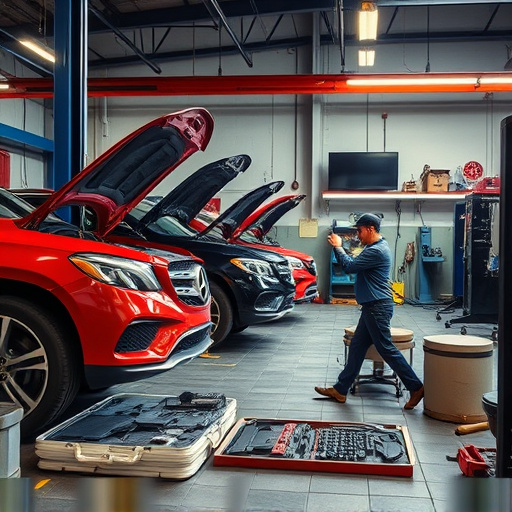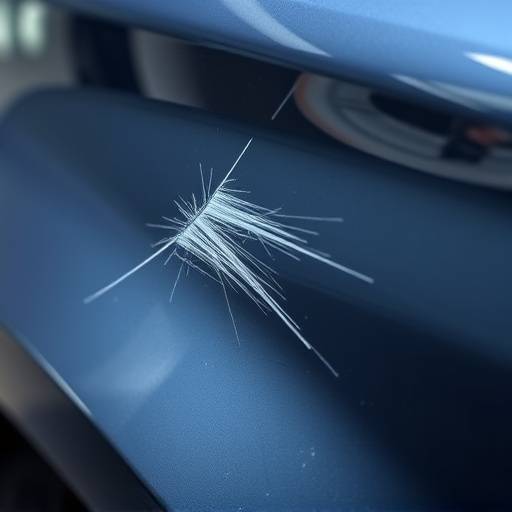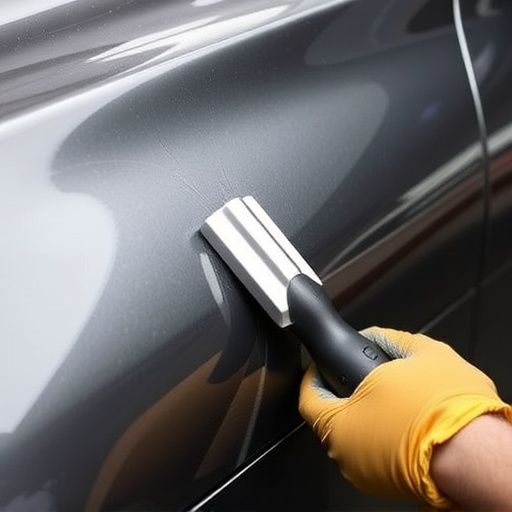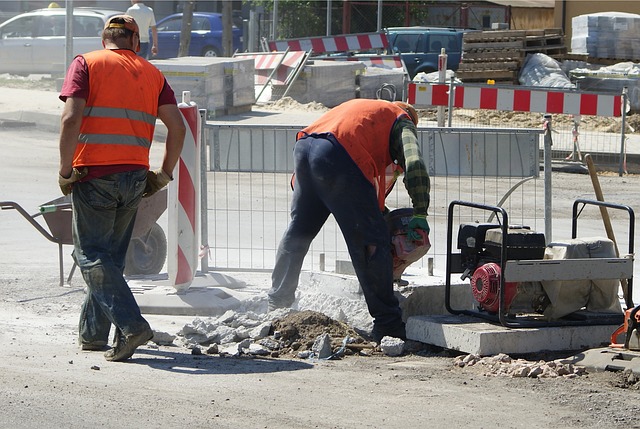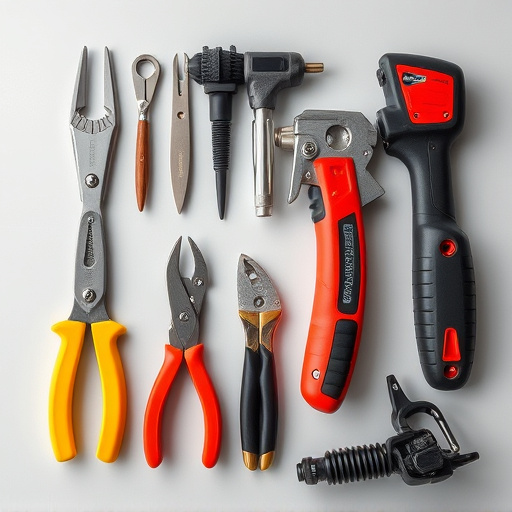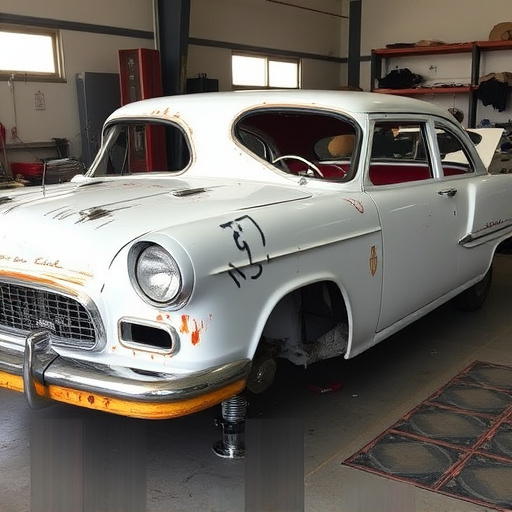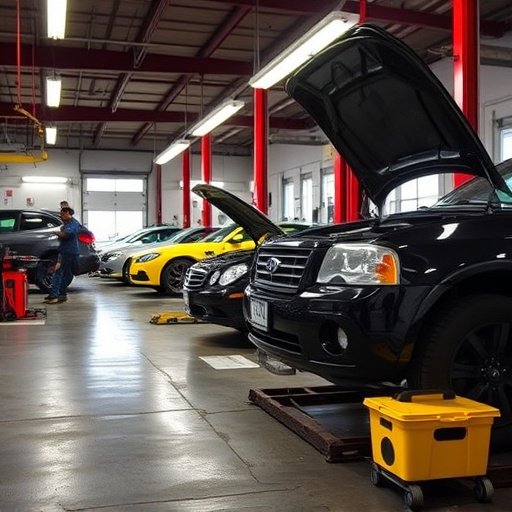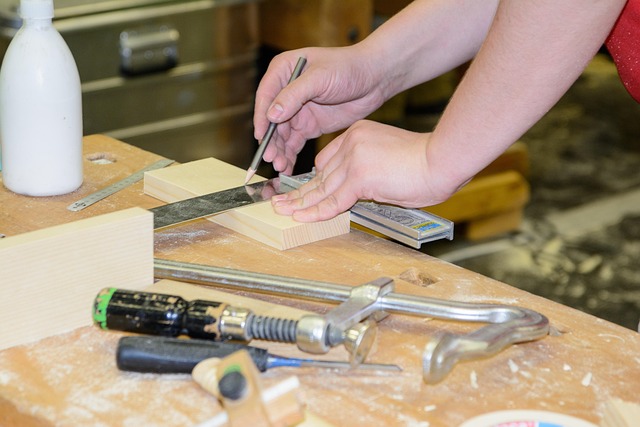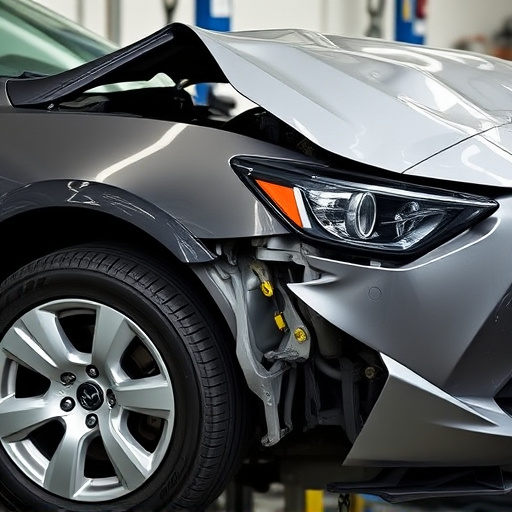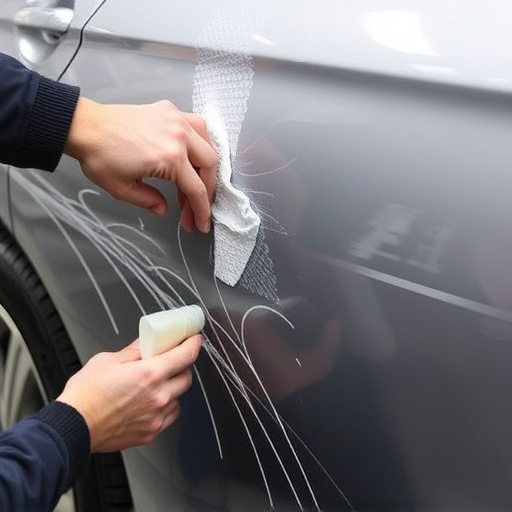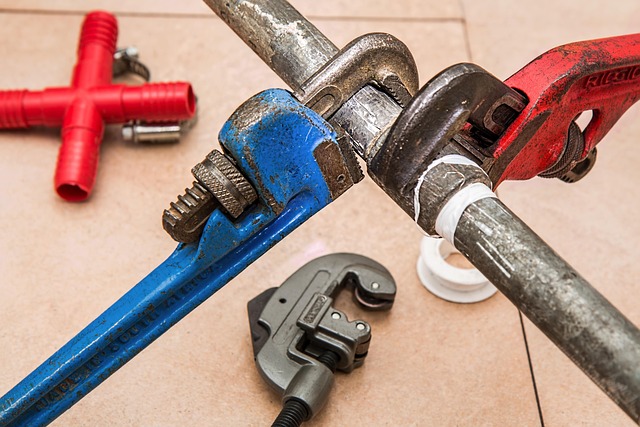Mercedes-Benz upholds rigorous repair standards to ensure quality and reliability in all services, preserving vehicle aesthetics and structural integrity through strict adherence to factory specs. This includes meticulous body inspections, specialized corrosion prevention treatments, advanced technology for precise repairs, and regular protective measures like washing, waxing, and underbody coatings to safeguard against paint failures caused by environmental factors.
Mercedes-Benz vehicles are renowned for their luxury and precision engineering, but even these iconic cars aren’t immune to corrosion and paint failures. Maintaining optimal Mercedes-Benz repair standards is crucial in mitigating these issues. This article delves into the intricacies of Mercedes-Benz repair standards, focusing on how strict protocols control corrosion and paint quality. We explore effective strategies to prevent paint failures, ensuring your Benz retains its gleam and performance for years to come.
- Understanding Mercedes-Benz Repair Standards
- The Role of Corrosion and Paint Quality Control
- Effective Strategies to Prevent Paint Failures
Understanding Mercedes-Benz Repair Standards
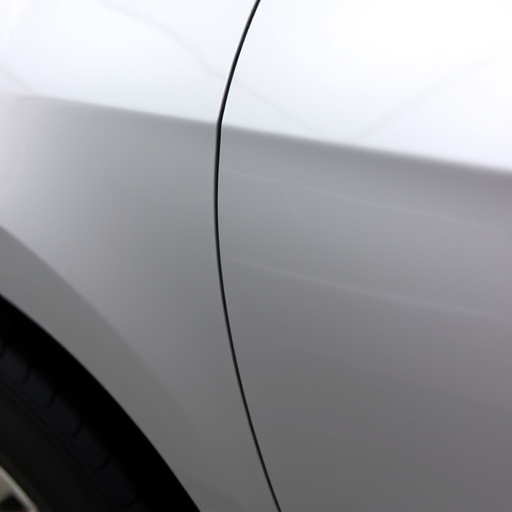
Mercedes-Benz sets robust standards for its repairs, reflecting the brand’s commitment to quality and reliability. These standards are designed to ensure that any maintenance or restoration work on a Mercedes-Benz vehicle meets or exceeds original factory specifications. When it comes to collision damage repair, automotive restoration, or even scratch repair, these guidelines play a pivotal role in preserving the vehicle’s aesthetics and structural integrity.
The meticulous approach involves rigorous training for technicians, utilizing advanced technologies and techniques to address various issues. This ensures that every repair, no matter how minor, aligns with Mercedes-Benz’s stringent criteria for paint finish, panel fit, and overall vehicle performance. By adhering to these standards, the brand guarantees that their vehicles remain not just functional but also visually stunning, even after undergoing repairs or restoration processes.
The Role of Corrosion and Paint Quality Control
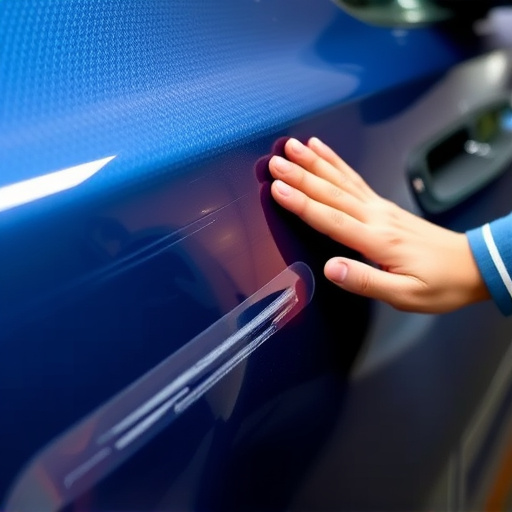
Corrosion and paint failures are significant issues that can impact a Mercedes-Benz’s longevity and aesthetics. This is where strict quality control measures come into play, adhering to Mercedes-Benz repair standards. The process begins with meticulous inspection of the car body, focusing on identifying potential weak points or existing damage that could lead to corrosion. Once detected, these areas require specialized treatment to prevent further deterioration.
Maintaining high standards in car body repair and bodywork is paramount. Reputable collision centers equipped with advanced technology employ trained technicians who understand the intricate details of Mercedes-Benz designs. They ensure that every repair, from minor dents to extensive damage after a collision, is handled with precision. By implementing robust quality control, these centers not only fix the physical issues but also safeguard against future corrosion and paint failures, ensuring the vehicle retains its original beauty and value.
Effective Strategies to Prevent Paint Failures
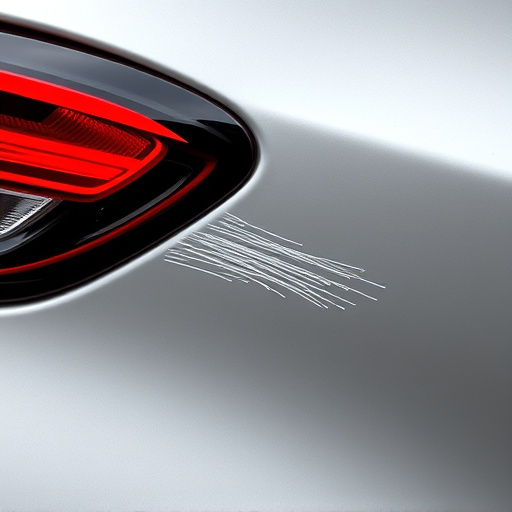
Maintaining the integrity of a Mercedes-Benz’s paintwork is paramount to preserving its aesthetic appeal and resale value. Adherence to stringent Mercedes-Benz repair standards is key in preventing paint failures, which often result from exposure to moisture, extreme temperatures, and environmental contaminants.
Implementing effective strategies such as regular washing and waxing, underbody coatings, and prompt repair of any dented or damaged panels can significantly extend the lifespan of a vehicle’s finish. Utilizing high-quality paints and proper application techniques during any necessary auto glass replacement or collision center repairs is crucial for matching the original factory specifications and ensuring long-lasting protection against corrosion and paint blistering.
Mercedes-Benz repair standards prioritize corrosion and paint quality control, ensuring vehicles maintain their vibrancy and durability. By understanding these standards and implementing effective strategies, auto shops can prevent paint failures and deliver superior restoration results for Mercedes-Benz owners. Adhering to these guidelines ultimately contributes to the longevity of these prestigious automobiles.
